Imperatives of a dialogue
This Article was published in
The Frontier Post (February 21, 2010)
By Sahibzada Hussain Mohi-ud-Din Qadri
Dialogue between Indian and Pakistan has never assumed a life of its own against heavy odds pitted against it by virtue of geography, regional and international contexts. It has been more of a non-starter to put it mildly thanks to complexity of the relationship and high stakes involved. The kind of seriousness and consistency required to keep the dialogue process sustainable has been missing. This state of affairs owes itself to the varying and at times cross-purpose positions both countries have taken on issues affecting their relationship much to the detriment of durable peace in South Asia. Thus the dialogue process has been more about form than substance.
Despite agreeing to a clear-cut roadmap as was symbolized by the initiation of composite dialogue framework in 1997, New Delhi has allowed its big power ambitions to dictate the terms of engagement with Islamabad. Going by the history of composite dialogue, it may be concluded that India used the dialogue process to serve as smokescreen to hide its 'bleed Pakistan' policy through the employment of robust and coercive diplomacy. The events of 9/11 came in handy for the Indian establishment to paint Pakistan as a sponsor of terrorism. At a time when Pakistan is busy taking care of the indigenous terrorism through very effective military action, India has left no stone unturned to fish in its troubled waters through a highly calibrated interventionist policy.
There has been very little understanding within the Indian strategic and political community that all attempts to weaken Pakistan in ways more than one could be very lethal with long-term implications for the region. A weak and instable Pakistan can be the worst nightmare for New Delhi. While the Congress-led government has realized the importance of opening the stalled diplomatic engagement with Pakistan, there is all the more need to take a fresh look at the peace process with a view to make mid-course corrections. The following is instructive in this regard:
India needs to fathom this reality that there are limits to which coercive diplomacy could be employed. It is a failed strategy which has boomeranged the second time with no positive results for New Delhi. Islamabad is as resistant to the challenge from its eastern border as has been the case in the past. However, it has gradually grown more suspicious of the Indian intentions due to the Indian policy of 'hit and run'. The very notions such as coercive diplomacy and Cold Start doctrine violate the spirit of the peace process. It allows the anti-India and anti-peace elements within Pakistan an opportunity to pressure the government into going slow in its relations with India, thereby spoiling the overall atmospherics within which the dialogue process gets severely undermined.
It is too early to expect any major breakthrough in the talks and one should equally be constrained from prematurely evaluating the chances of 'success or failure' of the dialogue. However, a lot would depend on how both countries reconcile their diverse viewpoints and structure their divergent positions into an acceptable framework. The formation of and agreement over such a framework for resumption of dialogue would have been a redundant exercise had there been unconditional unwillingness from the Indian side to take up the thread from where it broke off in November 2008.
While Pakistan remains committed to resume the composite dialogue from where it got disrupted in 2008 so that a lot of ground covered since July 1997 lays down the foundation upon which edifice of durable peace in South Asia could be erected, India is caught up in policy confusion. The signs coming from the Indian media and official circles suggest that it is hesitant to start dialogue on all areas mentioned in the composite dialogue. Given the change in international geo-strategic situation with terrorism forming the global discourse, it desires to limit the entire gambit of its engagement with Islamabad to the issue of terrorism. Pakistan should not have any problem in discussing this issue as long as India regards it as a common problem facing the world community in general and South Asia in particular.
However, the Indian attempt to highlight terrorism as the most prominent issue between both countries is a smart move to paint Islamabad as promoter and breeding ground of terrorism where terrorists have well entrenched 'training camps and are facilitated logistically from some of the official quarters'. Pakistan, which has already rendered huge sacrifices in successfully fighting off domestic terrorism and militancy, has a reason to resist the Indian attempt to make terrorism the only problem bedeviling the relations of both arch rivals.
For long India has insisted on the Confidence Building Measures (CBMs) as facilitator of the peace process, so much so that the CBMs, which were supposed to serve as a means to end, became an end in themselves. There is no gainsaying the fact that initially these CBMs played their positive role in making the atmosphere conducive for peace. However, in the absence of progress on the contentious issues, the exchange of CBMs merely proved cosmetic measures.
As both New Delhi and Islamabad prepare to resume their talks on February 25 at the foreign secretaries' level, the CBMs could be modified with the inclusion of terrorism, IPI and water issue, important and serious issues critical to Pakistan and India. Meaningful progress on these CBMs can pave the way for the resumption of open-ended engagement. The Pakistani leadership needs to take up these issues if India does not show its readiness to resume the composite dialogue process.
It represents a measure of failure of political leaderships of both countries that in the absence of vision and statesmanship vis-à-vis peace process, non-state actors i.e. extremist parties, media and international power players, have shaped the discourse between both countries. So overbearing has been the role of these players in setting the agenda that the governments in both countries have gradually grown less innovative and more beholden to these voices in settling the rules of the game. This complex web of domestic politics explains why political administrations have been found wanting in exercising imagination and offering bold and courageous political approach on the contentious issues. The success or failure of the sustained engagement rests on the ability of the political leaderships in both countries to regain the ground they have surrendered to the non-representative forces.
The presence of critical challenges facing South Asia is also accompanied by a set of opportunities. It is up to both countries to decide whether they would continue to remain mired in useless cold war syndrome or allow the regional and global imperatives to change its mindsets and political approaches to the benefit of millions of people across the border.






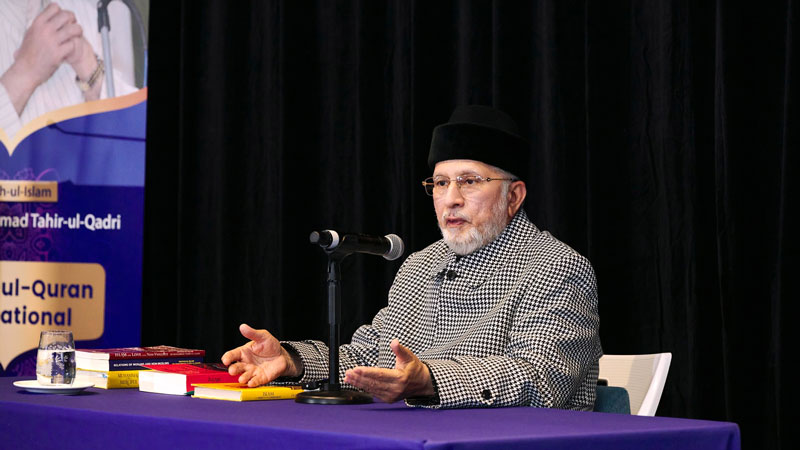
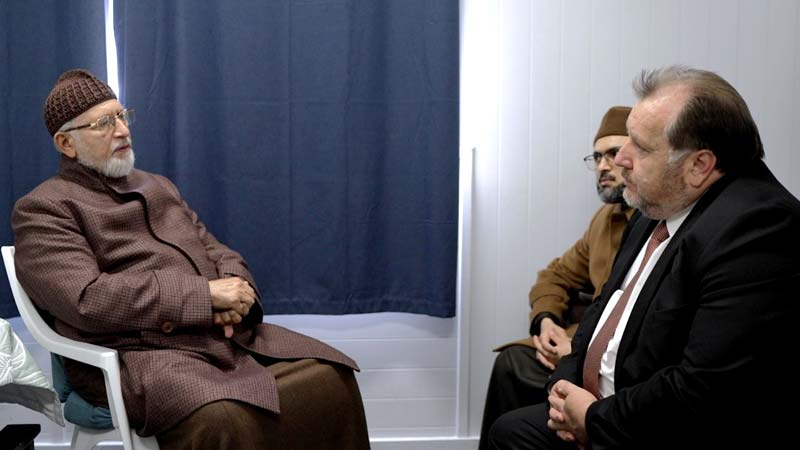
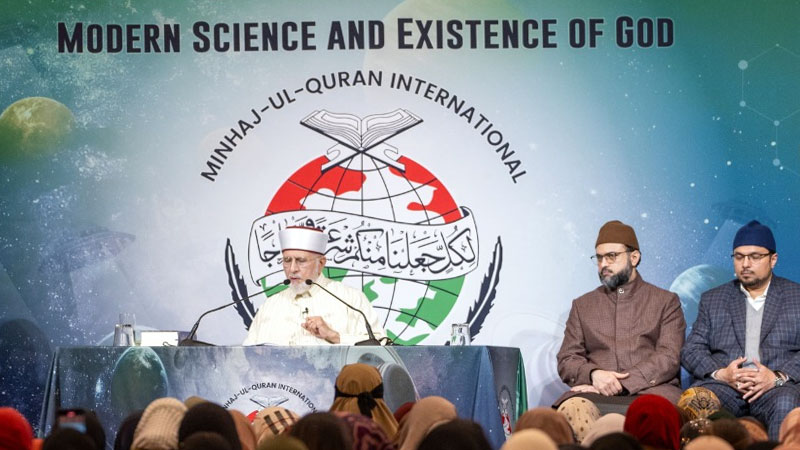
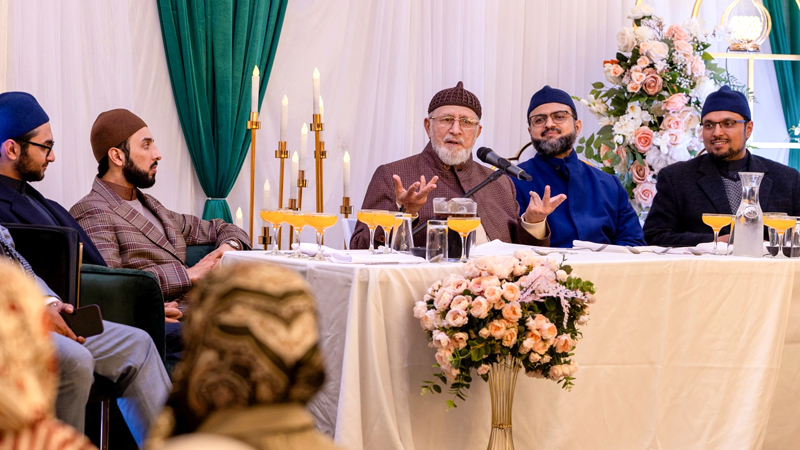
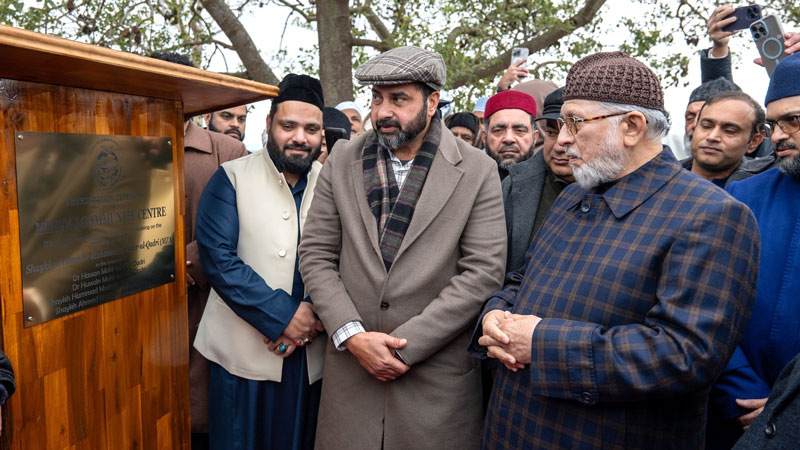
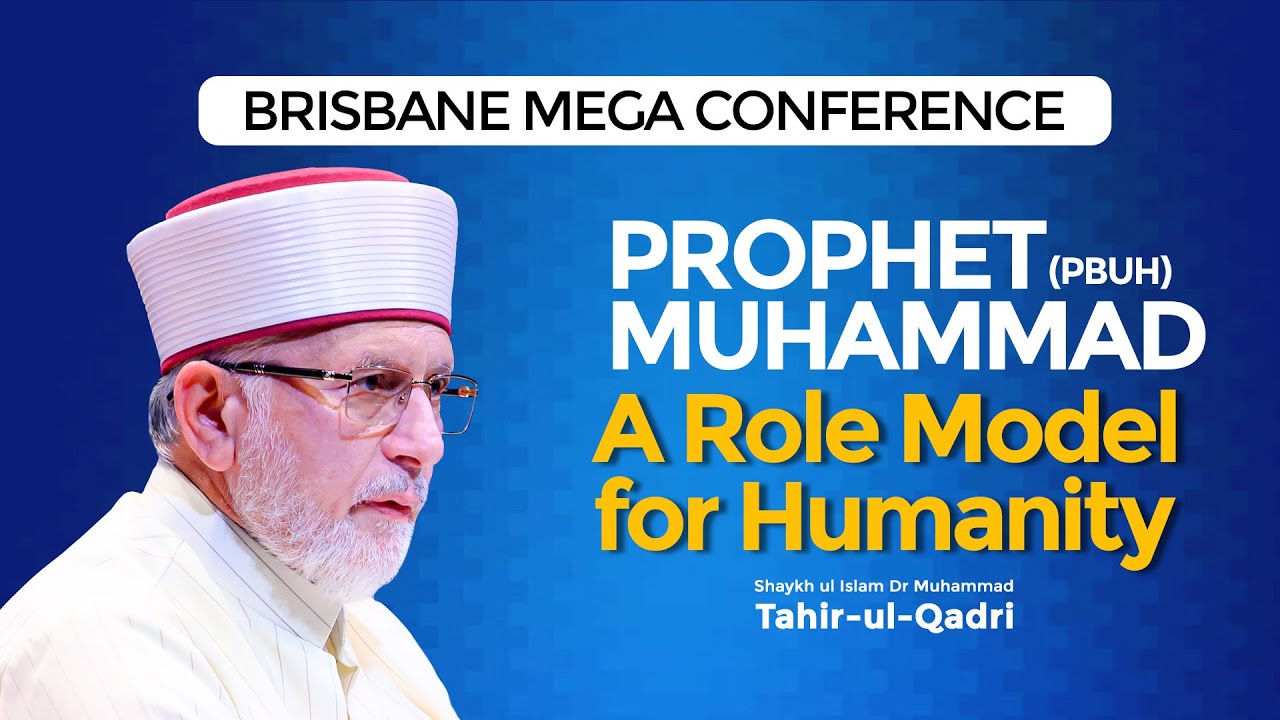
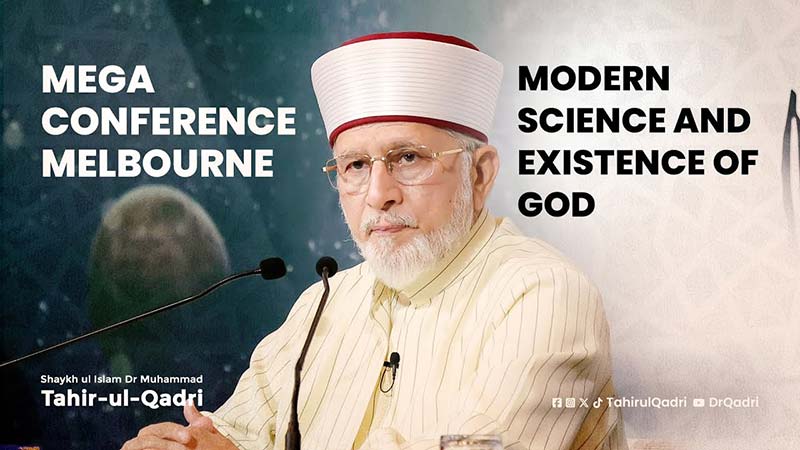
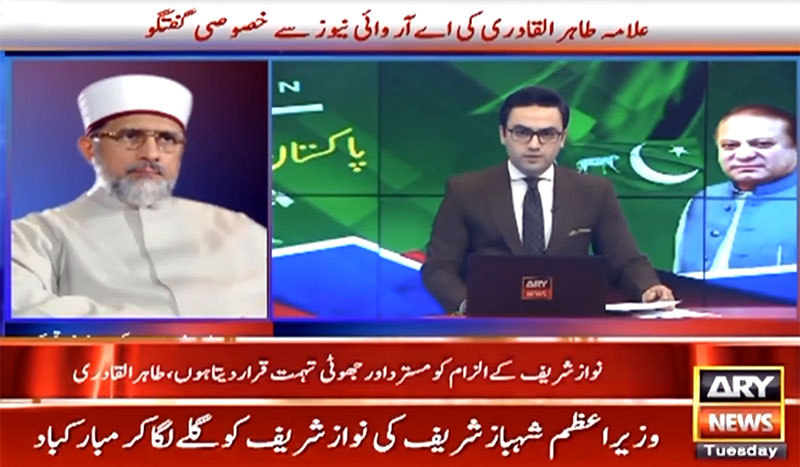
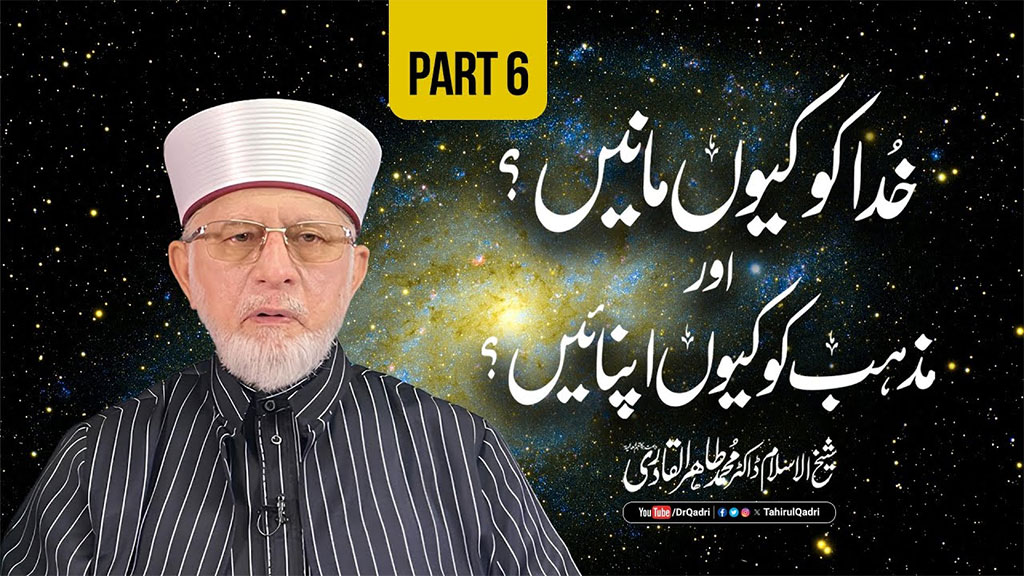





Comments